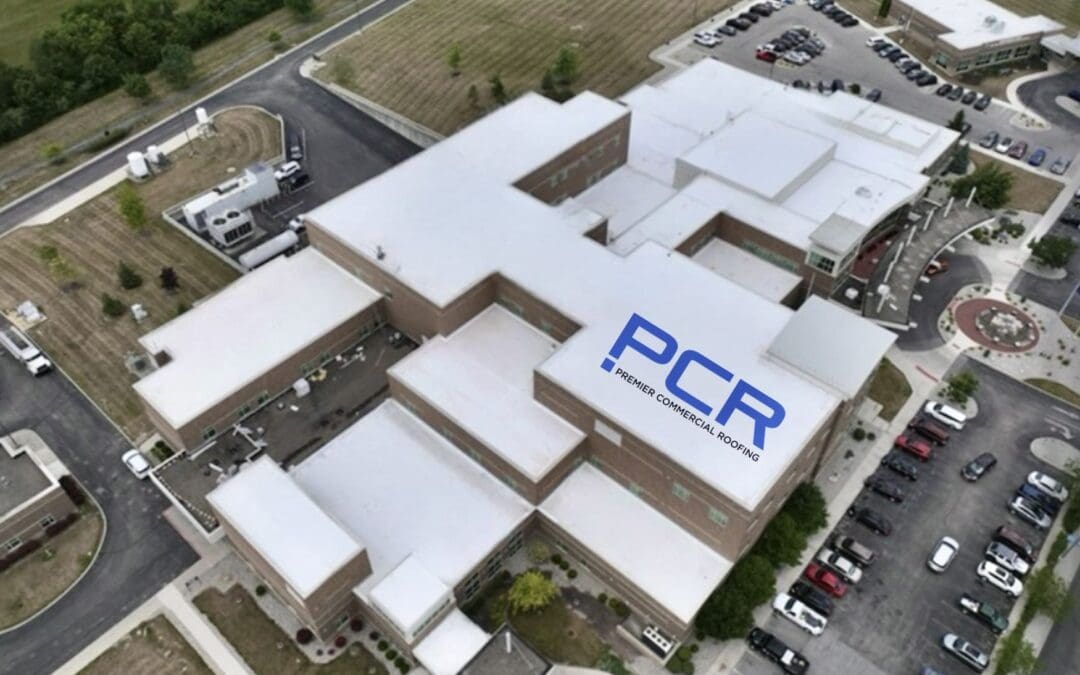
Let’s face it; taxes are the least exciting topics in the world. Unfortunately, you cannot avoid them as a business owner. One tax provision you should leverage as a nonresidential real property owner is the section 179 deduction. Learning about this category can help you save money on taxes. You can even use the extra dollars to invest further in your property.
Also, understanding how section 179 deduction works can help you advise your commercial customers on how to take advantage of this deduction. Whether you know a few things about section 179 or are just hearing about it for the first time, our roofing pros will discuss everything you need to know about section 179 deduction.
What is Section 179 Deduction?
We realize you are no tax expert and have never heard of this tax deduction. Section 179 deduction is a tax code that allows small and medium-sized businesses to write off the total cost of certain types of equipment in the year it is purchased instead of depreciating the value over time. Some tangible personal property that qualifies for this deduction includes office furniture, machinery, vehicles, equipment, and computers used to grow the business.
This deduction encourages qualifying businesses to invest in new technology and equipment, stimulating economic growth. The deduction limit changes from one year to another. For instance, the maximum deduction was$1,080,000 for the tax year beginning in 2022. However, several rules and regulations determine the specific limit your business will get. So, consult a reputable tax professional to determine whether your roofing company or commercial building qualifies and how much you can deduct.
Let’s discuss some things you might not know about section 179 deduction and how it can help your business below.
✅ Both New and Used Roofing Equipment Qualifies for Section 179 Deduction
Roofing companies must purchase new equipment, such as safety equipment, materials, and tools, from time to time. And as your roofing company grows and you add more staff, you will have to purchase more tools and equipment. These items can be costly and will increase your spending. Luckily, taking advantage of section 179 deduction can help you deduct the entire cost of qualifying equipment from your taxable income in the year it is purchased. You can save as much as $1,080,000 for the new tools and equipment.
However, remember that your section 179 deduction will be limited to your company’s net income that year. This means you can’t deduct more money than you made that year.
✅ You Can Use the Deduction to Cover the Cost of Roof Repairs
In addition to purchasing new tools and equipment, you can deduct the cost of roof repairs. Even if you are not buying a new roof, section 179 deduction allows nonresidential property owners to deduct the cost of repairing their existing roof. According to theIRS, maintenance is any procedure that keeps the property in an efficient and normal operating condition. You just have to take a deduction for those expenses in the year they are incurred.
✅ You Can Deduct The Cost of Your Old Roof
Another interesting fact you need to know about Section 179 deduction is that you can take a deduction when you purchase a new roof. Roof replacements tend to be costly and time-consuming. But did you know you may be able to get an additional tax benefit by writing off the cost of your existing roof and replacing it? Section 179 deduction allows commercial building owners to write off the old roof’s price as a loss on their tax return.
Simply put, you can subtract the amount remaining on your books, representing the original cost of your old roof, less accumulation of depreciation, as a loss from your tax returns. When you write off the loss from your existing roof, you can offset the cost of your new roof and ultimately lower your tax bill. For instance, if your old roof had an initial price of $100,000 and has depreciated by $50,000 over the years, the section 179 deduction allows you to write off the remaining $50,000 as a loss.
✅ Section 179 Deduction Can be Used for Vehicles, Software, and Technology
Roofing companies must purchase vehicles, software, and technology to enhance service delivery. These items can be expensive but are necessary to streamline operations and customer satisfaction. Fortunately, leveraging section 179 deduction can help you deduct the cost of these items from your taxable income. This way, you can invest in the latest tools to enhance service delivery and stay ahead of your competition.
The Bottom Line
Understanding section 179 deduction can help your roofing business save money. Roofing companies that leverage this provision in 2022 saved up to $1,080,000 for a new commercial roof and equipment last year. Also, commercial business owners can write off the cost of their old roofs and deduct the cost of repairing their existing roofs. So, don’t fail to take advantage of this tax provision this year. Contact our South Bend roofing company today if you want to learn more about section 179 deduction.





